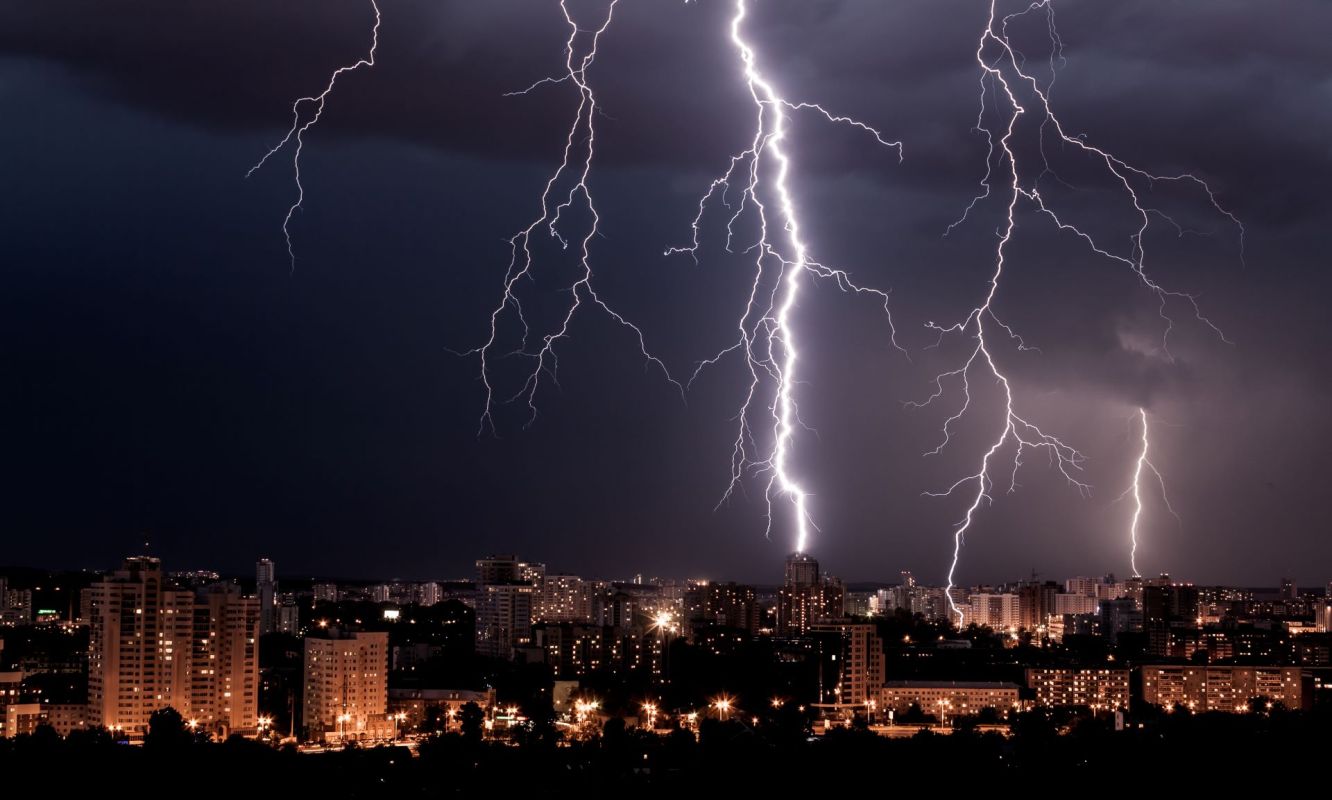Scientists in Switzerland set a giant laser atop a mountain and shot it thousands of times a second into the heart of summer thunderstorms to guide lightning.
It may sound like the start of a bad sci-fi movie, but this experiment, published in the research journal Nature Photonics, may have major benefits for lightning-battered locations all over the world.
The shocking experiment
The experiment, which was conducted throughout the summer of 2021, found that super-strong, super-fast lasers, — again, flashing a thousand times a second — can attract lightning over significant distances.
Scientists say that the lasers can cause air to behave like a filament, or the wire you would find in an incandescent bulb, by charging air molecules through ionization and creating low-density pathways for lightning to travel through.
These paths can be created up to 1 kilometer, or 0.62 miles, away from the laser source, which means large areas could eventually be protected from errant strikes by this technology.
Places with lots of expensive equipment threatened by the elements may find it cost-effective to use these powerful systems as protection. Think launch pads and large infrastructure, not individual houses.
Of course, bright lasers may be dangerous to use while pilots are navigating stormy skies, as pointed out by Popular Science. Most places will have to make do with cheaper (yet still effective) lightning rods and protection systems.
A lesson on lightning
Each year, there are around 25 million lightning strikes in the U.S.
These strikes, through both direct and indirect damage, cost the country billions of dollars, as estimated by the Lightning Protection Institute. And, like many things, climate change is only making it worse.
The overheating of our planet makes storms more common and severe since warmer air can hold far more moisture, creating the perfect environment for thunderstorms to form.
A study in 2014 found that the U.S. should expect 50% more lightning strikes by 2100 if warming continues at this unsustainable pace.
What's more, droughts are also becoming more common in our shifting climate, meaning wildfires start to present an even larger danger than they already do, whether caused by lightning strikes or otherwise.
Join our free newsletter for weekly updates on the coolest innovations improving our lives and saving our planet.









